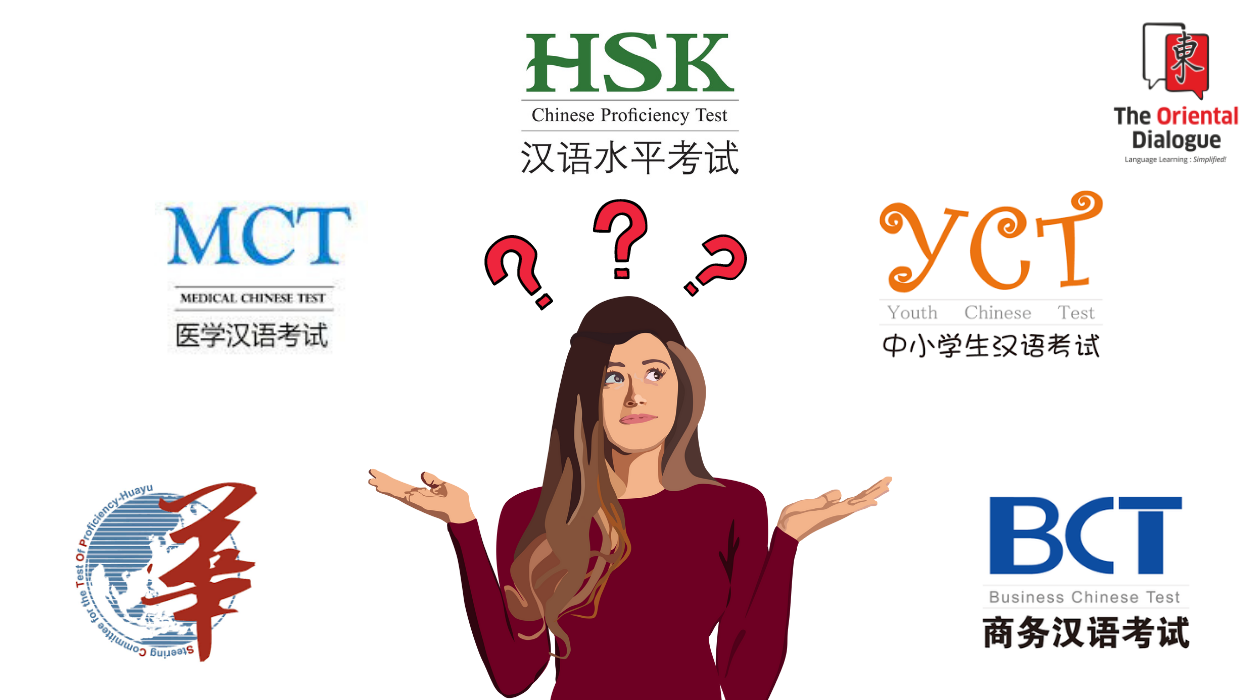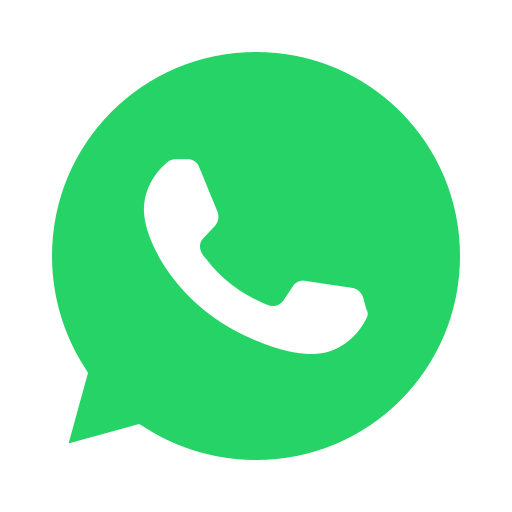Beyond HSK: Standardised Tests for Chinese Language Learners
Since the start of our Chinese language learning journeys, we have been told that there is one standardised test to rule them all: the HSK. Yes, the HSK is a versatile examination that can be used for a variety of purposes, but it is not the only one.
Specific requirements call for specific examinations and here are the other international standardised tests used to determine and judge Chinese language proficiency.
1. HSK Speaking Test (HSKK)
The HSKK is a test to judge Chinese speaking skills. Students are assessed on their ability to express thoughts and communicate in Chinese.
Who is it for?
The Confucius Institute in China announces annual scholarships for Chinese language learners and HSKK scores are a requirement to apply, along with HSK scores. Most companies or universities do not ask for an HSKK score.
Levels and Structure
HSKK has 3 levels: Primary, Intermediate and Advanced. The Primary level is for students who have mastered around 200 words. It is split into 3 parts with a total duration of 17 minutes, including prep time, and a maximum score of 100.
The Intermediate level is for students who have a vocabulary of around 900 commonly used words. It is split into 4 parts with a total duration of 21 minutes, including prep time, and a maximum score of 100.
The Advanced level is for students who have studied Chinese for over two years and have masted around 3000 common words. It is split into 3 parts and has a duration of 24 minutes, including prep time. The maximum score is 100.
HSKK levels do not directly correspond to HSK levels. When using HSKK scores for college admissions, they are valid for 2 years beginning from the test date.
2. Test of Chinese Language Proficiency (TOCFL)
TOCFL is a standardised test of Taiwanese Mandarin, a type of Mandarin Chinese, spoken in Taiwan. The test is for non-native students and cannot be taken in Mainland China, Hong Kong or Macau; only the HSK works here.
Who is it for?
The TOCFL can be used to apply for scholarships in Taiwan, to academic programs as a reference for the subject of Chinese, and to jobs and internships as proof of language-competency.
Levels and Structure: TOCFL vs HSK
TOCFL has 8 levels: 2 Novice and then levels 1 to 6. Levels 1 and 2 correspond to HSK levels 1 to 3. Levels 3 and 4 correspond to HSK levels 4 to 6 and levels 5 and 6 correspond to HSK levels 7 to 9. These comparisons are according to the new HSK format. Novice levels are for beginners and do not have any corresponding levels in HSK.
TOCFL tests 4 language skills: listening, reading, writing and speaking. The question types vary depending on the level and the official website provides in-depth information about it.
The biggest difference between TOCFL and HSK is that the former is conducted with traditional Chinese characters, while the latter uses simplified Chinese characters.
SPECIALISED TESTS
3. Business Chinese Test (BCT)
The BCT is an international standardised test of Chinese proficiency to assess language competency in business and work environments. It is administered by The Confucius Institute in China, same as the HSK and HSKK.
Who is it for?
The BCT is for anyone who wants to seek work in a Chinese organisation or a company that deals with the Chinese language. It helps employers guage language skills while recruiting employees. Schools and training institutes use it to organise teaching activities and it also helps learners to evaluate their own skills.
The Singapore government uses the BCT as an official assessment for the Chinese Workplace Literacy program.
Levels and Structure
The BCT test series consists of 3 independent tests: BCT (A), BCT (B) and the BCT Speaking Test. BCT (A) is beginner-oriented and examines students’ abilities to communicate in Chinese in daily life and during basic business activities. BCT(B) is for intermediate and advanced learners and assess students’ abilities to communicate in Chinese during complex business activities. The BCT Speaking Test is for learners of all levels and evaluates the ability to complete communicative tasks in spoken Chinese.
BCT (A) and (B) are split into 2 sections: reading, writing and listening. Detailed information about the test structure, marking, and question types is available on the official website.
Mandarin levels 1 and 2 at The Oriental Dialogue cover a significant portion of the vocabulary required for the BCT.
4. Medical Chinese Test (MCT)
China is a hub for MBBS students and large groups of India migrate there to study. The MCT is an international standardised test that is mainly aimed at non-native speakers who wish to study medicine or medicine related fields, such as clinical diagnosis, in China. The MCT assesses students’ abilities to communicate with colleagues and patients in a medical environment.
Who is it for?
The MCT is for students who wish to study medicine (MBBS, MD) or any other medical field in China.
Levels and Structure
The MCT has 3 levels with four parts to each one: listening, speaking, reading and writing. Generally, international students may have to appear for the HSK as well as the MCT, since the HSK tests everyday communication and the MCT is specific to medicine related vocabulary. Detail about the MCT is available on the official website.
FOR YOUNG LEARNERS
5. Youth Chinese Test (YCT)
The YCT is a “Middle and Primary School Students’ Chinese Language Exam”. The YCT, while not mandatory for students, is useful for students who are studying Chinese as a subject at school. It also helps in the event of a trip to China, while applying for a scholarship in China and looks great on an internship or college application. Taking the YCT also prepares students for taking HSK exams in the future.
Who is it for?
The YCT is for young Chinese language learners under the age of 16.
Levels and Structure
YCT exams have 4 levels for the written test and 2 for the spoken test. The written and spoken tests are independent of each other, just like the HSK and HSKK.
| YCT level | Vocabulary | Test time | Sections |
| YCT 1 | 89 words | 30 mins | Listening, reading |
| YCT 2 | 159 | 45 mins | Listening, reading |
| YCT 3 | 303 | 55 mins | Listening, reading |
| YCT 4 | 429 | 80 mins | Listening, reading, writing |
Visit the official website for more information.
6. Childrens Chinese Competency Certification (CCCC)
The CCCC is the youth version of the TOCFL, assessing the ability of 7-12 year olds to communicate in Taiwanese Mandarin. The CCCC is similar to the YCT in terms of its use, allowing students to apply for scholarships and internships in Taiwan. Like the YCT, it is an added skill to add to college applications too.
Who is it for?
The CCCC is for younglearners between the ages of 7-12 learning Taiwanese Mandarin.
Levels and Structure
The CCCC series has 3 levels which are split into two sections: listening and reading.
The first level is Sprouting and requires a vocabulary of around 400 commonly used words and phrases, translating to approximately 150 hours of study. The second level is Seedling and requires a general vocabulary of 700 words and phrases, achieved over 300 study hours. The final level is Blossoming and includes a vocabulary of about 1100 words over 450 study hours.
The CCCC is between 40-60 minutes long, depending upon the level.
The HSK is not the only standardised test to determine Chinese proficiency. Based on the purpose of the exam, age and country, students must pick the most appropriate exam. Usually, when applying to colleges, jobs, or internships, websites clearly list requirements.
If you need any help deciding which exam is best suited to your purpose, The Oriental Dialogue team is available to guide you. You can also sign up with us for preparatory classes for your chosen exams. Get in touch with us for a consultation call, we’re happy to help!




